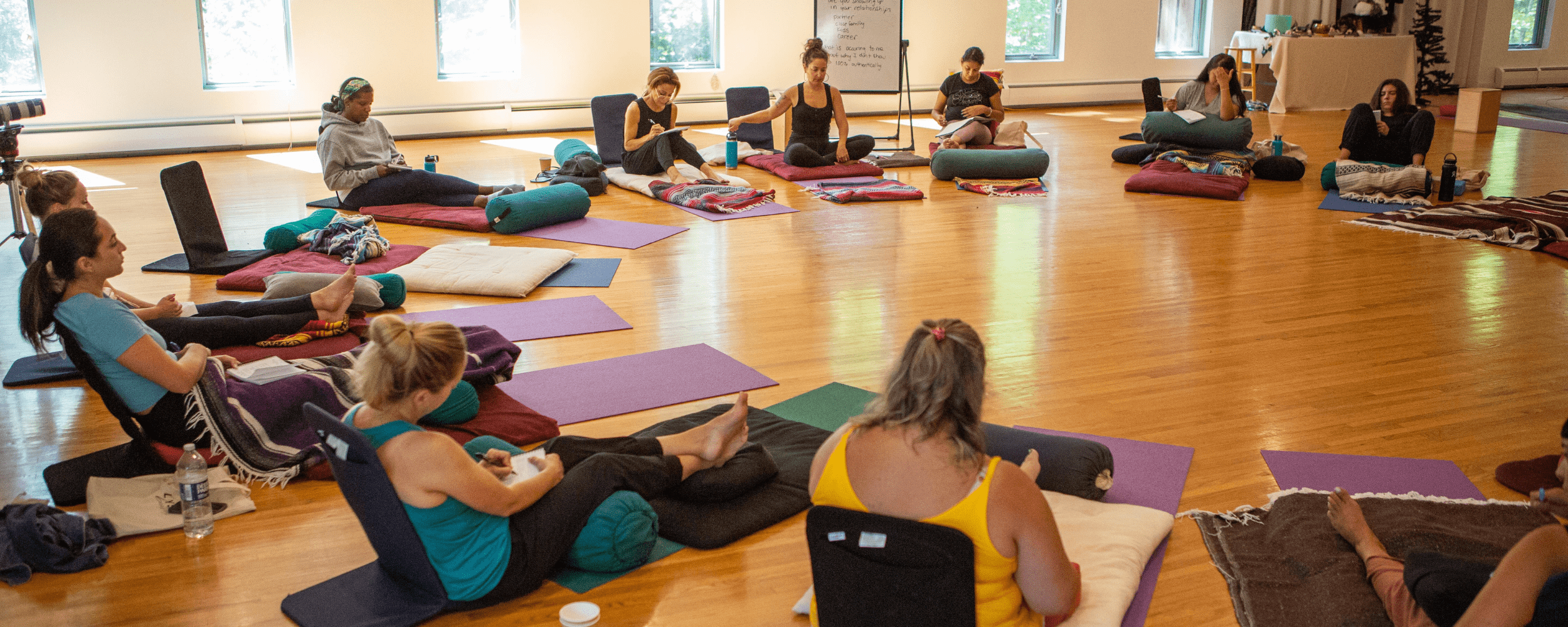By Alyse Bacine
Last updated April 2025
Understanding Abandonment Wound
What is the abandonment wound, and how does it form? The abandonment wound cuts more profound than most psychological injuries. It forms in that shattering moment when someone you trusted—someone your heart believed would stay—walks away. This primal breach doesn't just hurt temporarily; it fundamentally rewires your nervous system, altering how you perceive safety, connection, and your worthiness of love. Whether through physical departure or the quiet devastation of emotional unavailability, abandonment leaves an invisible scar that silently influences every relationship that follows.
Millions walk through life carrying the abandonment wound without recognizing its power. It operates like an invisible puppeteer, controlling relationship choices, career decisions, and emotional reactions from behind the curtain of consciousness. You might notice its symptoms—the panic when someone doesn't text back, the preemptive strike of pushing people away, the exhausting vigilance scanning for signs someone might leave—but conventional approaches teach you to manage these surface disruptions. True freedom requires something more radical: addressing the abandonment wound at its very core, and transforming it entirely rather than accepting its presence as inevitable.
Introduction to Abandonment Wound
When we experience abandonment trauma, it cuts deeply into our psychological fabric, altering how we see ourselves and navigate relationships. This wound forms when someone significant withdraws their presence, care, or attention—whether through physical departure or emotional unavailability.
The abandonment experience varies greatly. A child whose parent vanishes, an adult whose spouse abruptly leaves, or someone enduring the death of a confidant all experience different circumstances but share an ordinary wound. The depth of this injury typically corresponds to our dependency on the person who left and how suddenly they disappeared.
Psychologically, the study of abandonment wounds gained prominence through John Bowlby's attachment theory research beginning in the 1950s. Decades of subsequent research confirm that early abandonment experiences fundamentally shape our capacity for secure connections throughout life.¹
Psychological Underpinnings
Abandonment wounds profoundly alter attachment patterns. Those carrying these wounds typically develop anxious attachment characterized by:
Constant monitoring of others' emotional availability
Persistent dread of sudden rejection
Insatiable need for confirmation of safety
Fundamental distrust of others' consistency
These patterns emerge as the nervous system adapts to perceived threats. When abandonment occurs during critical developmental periods, the forming brain encodes the experience as life-threatening, creating neural pathways that continuously scan for signs of impending rejection.
The impact stretches far beyond relationship difficulties. Research demonstrates strong links between childhood emotional abandonment and:
Persistent low mood and depression
Chronic anxiety and panic responses
Complex trauma responses
Emotional regulation challenges
Fragmented sense of identity²
Understanding these connections clarifies why addressing both psychological patterns and physiological responses is essential for complete healing.
Causes and Contributors
Abandonment wounds typically take root during childhood vulnerability when our survival depends on caregivers. Common origins include:
Childhood Experiences
Physical departure of a parent (divorce, death, institutionalization)
Emotional neglect despite physical presence
Unpredictable parental attention or affection
Failure to receive appropriate developmental support
Love contingent on achievement or behavior
Emotionally Unavailable Caregivers
Parents confronting their unresolved trauma, mental health struggles, substance dependencies, or overwhelming circumstances often cannot provide the consistent emotional presence children require. This absence teaches children they're fundamentally undeserving of attention and nurturing.
Traumatic Experiences
Single devastating events can also create abandonment wounds:
Sudden loss of primary caregivers
Medical trauma with parental separation
Exposure to frightening situations without protection
Social ostracism or peer rejection
Betrayal by trusted individuals
These experiences implant a devastating message in the developing psyche: "You aren't worth staying for." This message becomes woven into identity rather than recognized as circumstantial.
Signs and Symptoms
Recognizing an abandonment wound provides the foundation for healing. Common indicators include:
Emotional Indicators
Overwhelming dread of solitude
Constant relationship anxiety
Rapid assumption that others will leave
Worst-case scenario thinking after minor disconnections
Difficulty establishing healthy boundaries
Excessive accommodation of others
Rigid need for control in relationships
Intense reactivity when others are unavailable
Negative Self-Perception
Those with abandonment wounds often internalize beliefs that they are:
Inherently undeserving of love
Fundamentally flawed
Unworthy of others' attention
Destined for isolation
Responsible when others withdraw
This negative self-perception creates a self-fulfilling prophecy, as behaviors stemming from these beliefs often generate the very rejection most feared.
Behavioral Patterns
People often ask why abandonment issues develop and how they persist, along with how to recognize them. These issues typically manifest through observable behaviors:
Remaining in harmful relationships
Testing others' commitment through escalating demands
Preemptively ending relationships
Disrupting stable situations
Struggling with healthy separation
Complete avoidance of intimacy
These behaviors serve as protective mechanisms that paradoxically reinforce the original wound.
Impact on Relationships
Many clients struggle with an intense relationship abandonment anxiety that creates substantial obstacles to forming and sustaining healthy connections.
Trust Challenges
Abandonment wounds make trusting others extraordinarily difficult. The persistent question "When will this person leave me?" dominates relationship experiences, creating:
Hyper-vigilance about the relationship status
Misreading neutral interactions as signs of rejection
Inability to accept genuine appreciation or love
Exhaustion from constant threat assessment
Self-Sabotage Patterns
Many carrying abandonment wounds unconsciously create situations confirming their deepest fears:
Gravitating toward emotionally unavailable partners
Initiating conflicts that alienate others
Establishing impossible relationship standards
Breaking off connections preemptively
Developing suffocating dependence
This pattern creates a vicious cycle: the wound drives behaviors that trigger more abandonment, which deepens the original injury.
Healing and Recovery
True healing from abandonment wounds requires addressing root causes rather than merely managing symptoms. Overcoming fear of being left effectively involves a comprehensive approach:
Core Wound Transformation
Healing begins with acknowledging the abandonment and validating its impact. This requires:
Specifically identifying losses and their effects
Processing suppressed grief
Recognizing that abandonment reflected others' limitations, not your worth
Releasing responsibility for others' decisions to leave
Reconstructing core beliefs about your inherent value
Self-Relationship Development
Building a secure relationship with yourself creates resilience against abandonment fears:
Establishing consistent self-care as evidence of self-worth
Developing internal validation instead of external seeking
Creating self-soothing capacities for distress
Building safety through self-reliability
Cultivating comfort with solitude without feeling abandoned
Professional Support
Most benefit significantly from skilled guidance through this healing process:
Trauma-informed therapeutic approaches
Somatic experiencing to release embodied emotions
Internal parts work with wounded aspects of the self
Breathwork for nervous system regulation
Group support to normalize experiences
The goal extends beyond merely coping with abandonment fears to completely transforming the underlying wound.
Strategies for Support
Supporting someone with abandonment wounds—whether yourself or others—requires specific approaches:
Creating Secure Attachment
Consistent, dependable presence
Transparent communication about availability
Honoring commitments reliably
Acknowledging impacts when reliability falters
Explicit reassurance about relationship security
Inner Child Connection
Healing often necessitates reconnecting with the younger self who experienced abandonment:
Engaging with the inner child through expressive writing or visualization
Offering what was missing (protection, validation, comfort)
Implementing re-parenting practices that build internal security
Working with qualified practitioners on age regression approaches
Creating reparative experiences that contradict abandonment messages
Nervous System Regulation
Research shows that the long-term effects of childhood abandonment often manifest as physiological dysregulation requiring direct intervention:
Specific breath control therapy signaling safety to the body
Movement practices releasing trapped stress
Natural environment connection for autonomic regulation
Establishing predictable routines creates security
Creating environmental cues of safety and stability
These practices develop new neural pathways, gradually replacing abandonment-triggered reactions.
Case Studies and Expert Insights
Expert Perspectives
Susan Anderson, who authored "The Abandonment Recovery Workbook," emphasizes that healing requires directly confronting pain: "Abandonment disguises itself as unworthiness. Only by moving toward rather than away from the pain can we discover our inherent wholeness beneath it."³
Psychologist Pete Walker notes that abandonment wounds frequently connect to what he terms the "abandonment depression"—a profound aloneness that feels intolerable but must be gradually experienced with support to heal completely.⁴
Real-Life Transformation
Maya's experience illustrates the transformation possible through dedicated work. After growing up with a father who repeatedly left during alcoholic episodes, only to return promising change, she developed intense abandonment fears that sabotaged multiple adult relationships. Through using targeted trauma healing tools, specific breathwork, and advanced energy work, Maya gradually learned how to heal an abandonment wound through self-compassion.
"I realized I lived constantly braced for something that had already happened," she reflects. "By facing that original pain rather than running from it, I finally understood that my father's leaving wasn't about my worth. That realization broke the pattern completely, not just made it manageable."
Conclusion
Abandonment wounds create some of life's most profound suffering. They shape our sense of self, our ability to connect, and our fundamental sense of safety. Yet these wounds can be transformed entirely, not merely managed.
Addressing root causes—the original trauma, internalized messaging, and protective adaptations—can create lasting change and allow for secure, trusting relationships with ourselves and others. This transformation requires the courage to face pain directly, compassion for the wounded aspects of self, and commitment to the healing process.
The path forward isn't about developing better strategies for coping with abandonment, but creating a new internal reality where abandonment no longer defines your worth or controls your relationships. Complete healing isn't just possible—it's your birthright.
Frequently Asked Questions
How long does it take to heal an abandonment wound?
Healing timelines vary based on wound severity, support systems, and personal resilience. Most people notice initial improvements within 3-6 months of focused work. Complete transformation typically requires consistent practice over 1-2 years, with professional support accelerating the process.
Can you have abandonment issues without childhood trauma?
Yes. While childhood experiences often create abandonment wounds, they can also develop from adult relationships involving betrayal, unexpected loss, or rejection. The brain's response to significant abandonment can create similar patterns regardless of when the wound first forms.
Do abandonment wounds always lead to anxious attachment?
Not always. While anxious attachment is standard, some people develop avoidant attachment instead, deliberately maintaining emotional distance to prevent potential abandonment. Others develop disorganized attachment, alternating between clingy behavior and pushing others away.
Is medication helpful for treating abandonment wounds?
Medication may help manage symptoms like anxiety or depression resulting from abandonment wounds, but it doesn't address the core wound itself. The most effective approach combines medication (when needed) with therapy, somatic practices, and relationship repair work.
Can abandonment wounds be healed entirely or only managed?
Unlike traditional therapeutic approaches that focus on symptom management, complete transformation of abandonment wounds is possible through comprehensive healing that addresses the root causes, releases stored trauma from the body, and creates new relational experiences.
References
¹ Bowlby, J. (1973). Attachment and loss: Volume II: Separation, anxiety and anger. Basic Books.
² Van der Kolk, B. (2014). The body keeps the score: Brain, mind, and body in the healing of trauma. Viking.
³ Anderson, S. (2016). The abandonment recovery workbook. New Harbinger Publications.
⁴ Walker, P. (2013). Complex PTSD: From surviving to thriving. Azure Coyote
Alyse Bacine— Transformational Trauma Expert & Breathwork Practitioner
Alyse Bacine, founder of Alyse Breathes and creator of The Metamorphosis Method™, has over 24 years of breathwork experience and an extensive mental health background. She’s pioneered a methodology that uniquely bridges the gap between traditional therapy and somatic healing.
The Metamorphosis Method™ is the first comprehensive approach that combines clinical mental health expertise with advanced breathwork and energy healing. This powerful integration helps women like you break free from limiting patterns and step into your true purpose, creating lasting transformation where other approaches fail.


